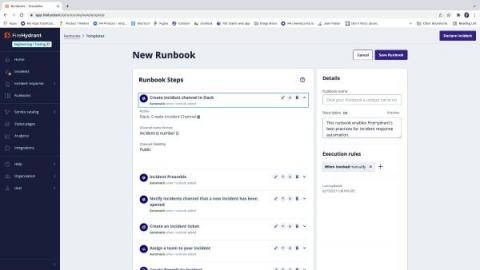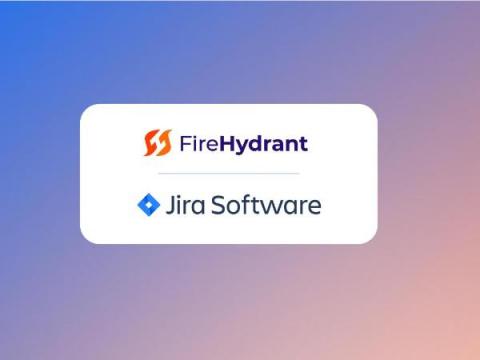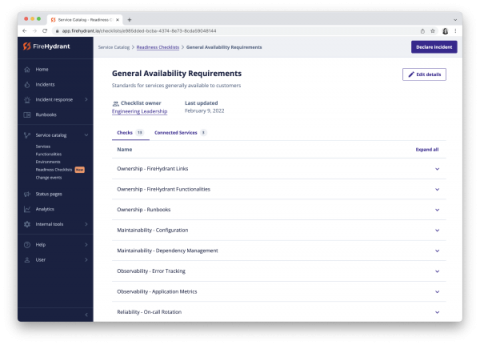Incident severity and priority 101
Severity and priority can be challenging for a company to nail. When an incident is declared, it's essential to have a system to define the impact and how urgently it should be handled. Incident severity and priority are the two knobs teams can leverage to define scope and urgency, and eventually, the appropriate process to take action. But how should we define them, and what are the differences?





